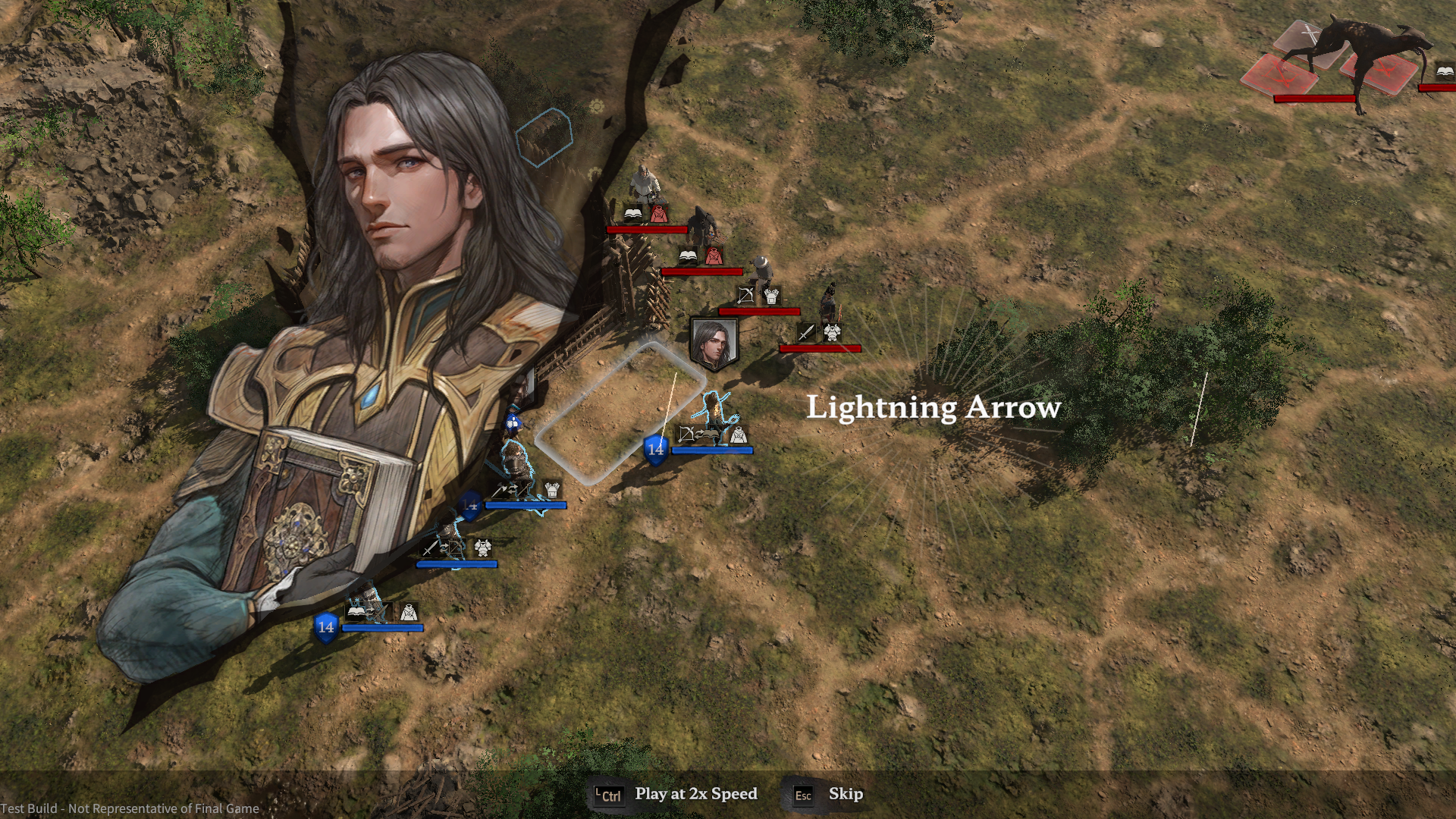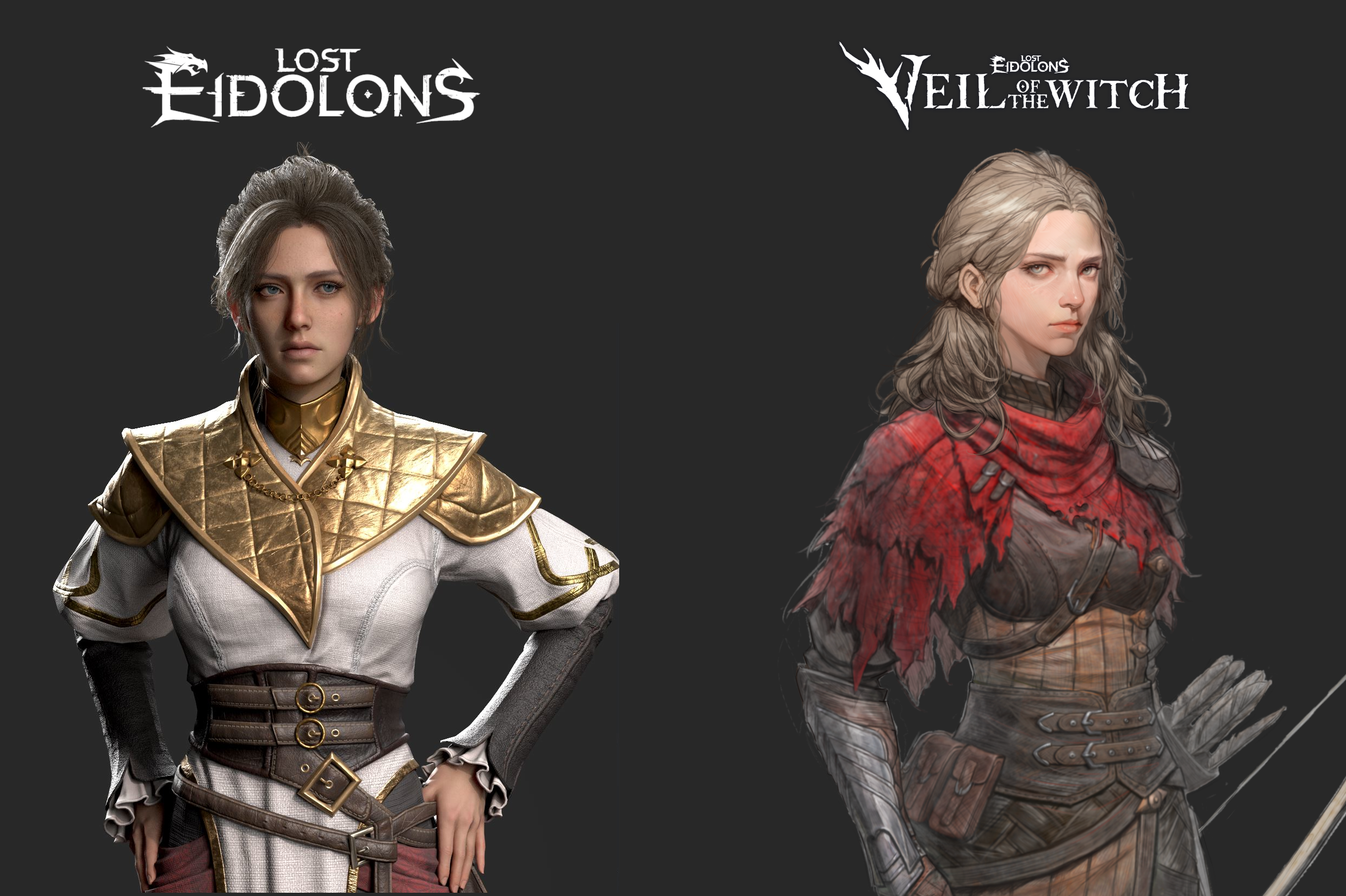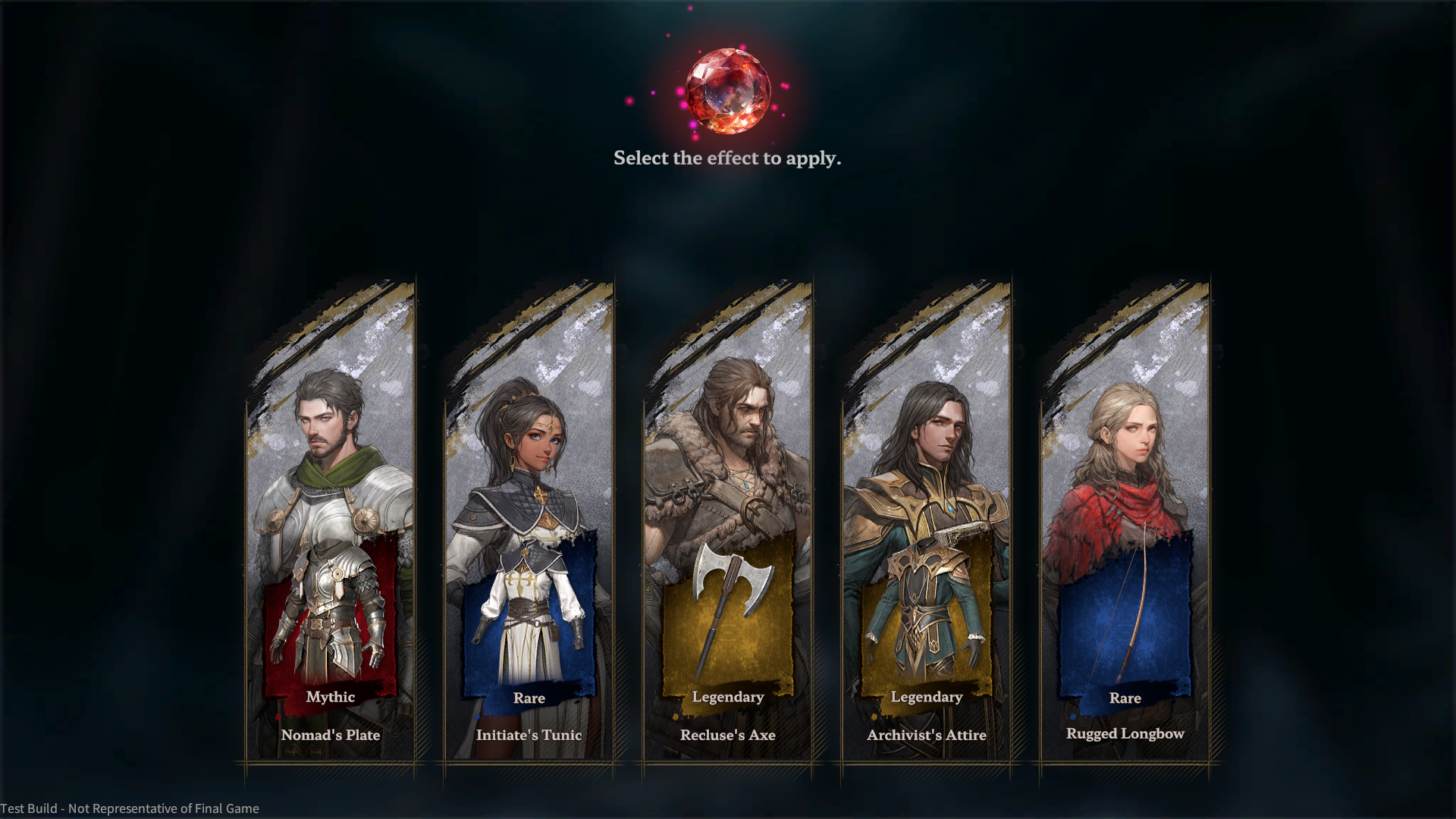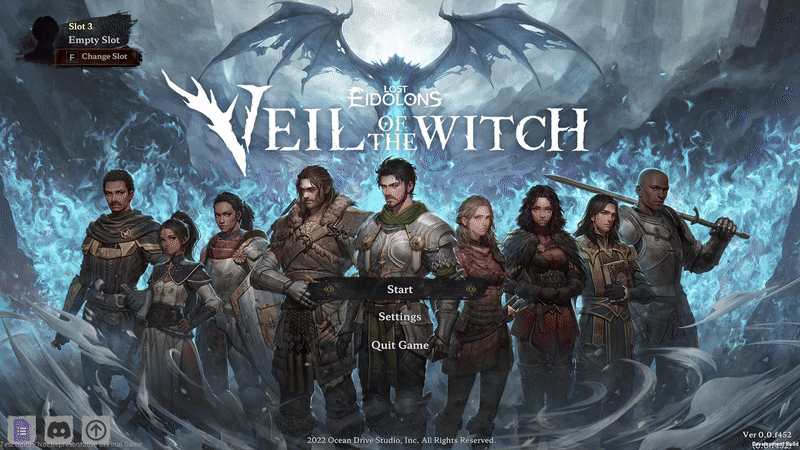- Joined
- Sep 5, 2017
- Messages
- 1,425

Lost Eidolons: Veil of the Witch
A roguelite spinoff - less story-faggotry, more action - with "open developement" in early access mode.
Not sure if it deserves it's own thread, but this time it's place is clearly among the tacticools, not in g-rpg.
Lost Eidolons: Veil of the Witch
Hello everyone!
It's been a while since our last major Lost Eidolons update, when we added New Game+ mode to the PC edition.
Since the game's release, we've spent a lot of time collecting feedback and having internal discussions about the game's future. As promised, we delivered LE on Xbox and Playstation this month, with the help of our porting partner, PID Games.
Now it's time to decide where the world of Artemesia goes next.
There were a lot of paths available to us in making this decision. Should we do DLC? Big or small? Or should we just jump straight into Lost Eidolons 2?
In the end, we've decided to take a different path, and try something a bit unexpected.
Today I'm happy to share what we've been working on: an exciting new spin-off game, titled "LOST EIDOLONS: VEIL OF THE WITCH"!

We refer to the game as a "spin-off" (rather than a true sequel), as it shares a lot of Lost Eidolons' core identity, and even a few characters. But the gameplay and general presentation is a major departure.
Now let's dive into some questions you may be curious about.
What kind of game is "Veil of the Witch"?
Veil of the Witch is a turn-based tactical RPG with rogue-lite elements. It takes place in the same world as Lost Eidolons, and is set shortly after the events of the first game. But it's an entirely standalone experience you don't need any prior knowledge to play.
Fans of the first game will find Veil of the Witch to be a tighter, more focused game, that offers more of what they love with less friction in between.
New players will find a rich world and characters, a fast and gritty combat system, and an addictive, looping structure that sets the game apart from the rest of the genre.
I'm confident the game will speak for itself.
What's changed since Lost Eidolons?
In one word: speed.
Lost Eidolons was a linear, story-driven RPG that unfolds gradually. Veil of the Witch, on the other hand, is fast, gameplay-driven, and hits the ground running immediately. One of the most immediate changes is that we've done away with sprawling class trees that take 30 hours to get to the cool stuff.
In Veil of the Witch, things are much more stripped-down. Each character has a single class, with fixed weapons and armor, and a very specific playstyle. There's still progression and choices to be made (skills to unlock, gear to be upgraded, and so on) but generally it's all a lot tighter and more focused now.
We've also made a number of changes to the combat system itself, and the game's overall structure is radically different from Lost Eidolons. I'll save the details for another day, but for now I'll simply say that I'm a huge fan of games like Hades and Slay the Spire, and they've had a huge influence on Veil of the Witch.
The result of all this is a leaner, meaner game with more excitement, greater strategic depth, and the freedom to approach battles how you decide.

But this doesn't mean the story experience isn't important to us. Like much of the rest of the game, our approach to narrative this time around is: "Less is more". We've got a great setting, a tight cast of characters people will love, and a new approach to story presentation that (while sparse) we're hoping will be a lot more effective.
Oh, and we've taken the art direction for characters and UI in a completely new direction. I personally love how this game looks, and I can't wait to hear your thoughts on it soon.

Why make a spin-off instead of Lost Eidolons 2?
While it took a lot of internal discussion to reach this decision, in the end, our reasons are pretty simple.
It won't surprise anyone to say that, while we're proud of Lost Eidolons, there are some elements that didn't quite come together as well as we would have hoped, and many of you felt the same.
When we dove into player feedback for the game, two big points came up over and over again.
First, players said they liked Lost Eidolons' story and characters, but found the actual execution to be sometimes lacking, and often inconsistent.
Second, most players loved the combat system, but felt progression lacked meaningful choices, and encounter design could be rigid and unforgiving.
After weighing this feedback and discussing it internally, we decided to try something new that would let us build on the engine we've created already, but take a big swing in a new direction, with a storytelling approach that was lighter and simpler.
Also: I've just always wanted to make a game that brought rogue-lite stuff into the turn-based tactical genre! So we decided that before jumping into a sequel, we'd try a spin-off, and see what happens.

But I want to be very clear: this isn't some little pilot project or cash-grab pseudo-DLC. We're very serious about making Veil of the Witch an excellent RPG that stands entirely on its own two feet, and offers a ton of depth and replayability.
So when can I play it?
This time around, we're going to be pursuing an Early Access model, and do actual open game development with ongoing community involvement.
One of my biggest regrets about Lost Eidolons was that we didn't do public playtests until after much of the game's design had already been locked-in, and was difficult (or in some cases impossible) to change.
One of the main reasons we did that was because it was a linear, story-driven game, and we consistently got feedback that players didn't want to play an incomplete version of that kind of game. After all, no one wants to read a messy first draft of a novel that spoils the plot.
But as Veil of the Witch is a more gameplay-driven title, I feel a lot more confident sharing early builds, so we can gather and integrate community feedback. If everything goes well, I'd like to launch in Early Access sometime in 2024, but it's likely we'll run some beta tests before then.
Also, as I'm really hoping to release the game on Switch, our team has put a lot of effort into lowering the overall hardware requirements. By the time we hit full release, we're hoping to make the game available on all consoles. (No promises on simultaneous launch, though.)
I'm very excited to finally share our second Lost Eidolons project! We're planning to share more details in regular dev blogs down the line (starting with this one).
I hope you'll join our player community on Discord, where you can chat with us about the game. And don’t forget to wishlist Veil of the Witch on Steam!
See you soon,
Jin Sang Kim
Creative Director, Lost Eidolons
Last edited by a moderator:
































































